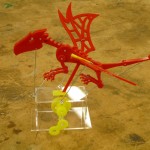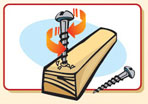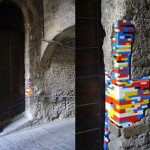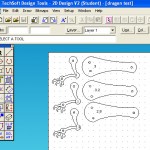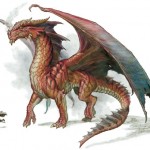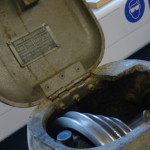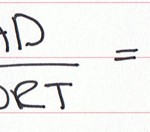
Right that’s external forces but what about forces acting internally? Take this column for example: What are the forces acting within it to stop it crumbling into a heap, whats keeping it in equilibrium? The column is under compression so it pushes up against the ceiling and down against the floor to balance the forces […]


